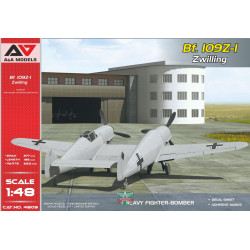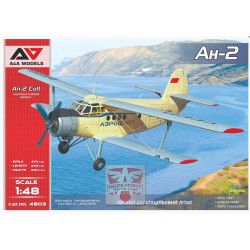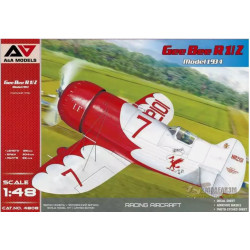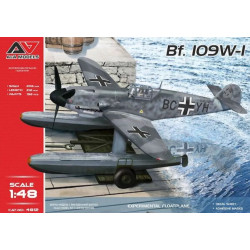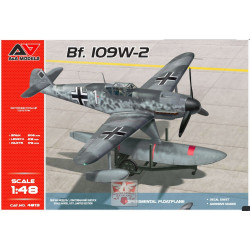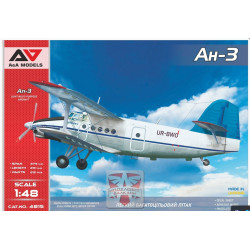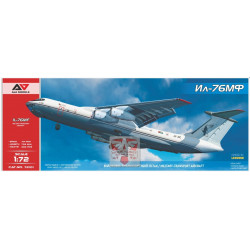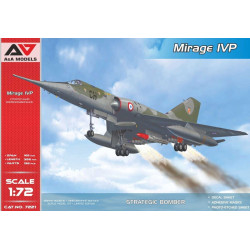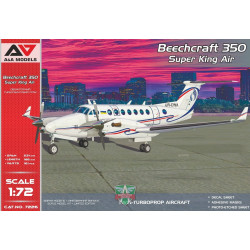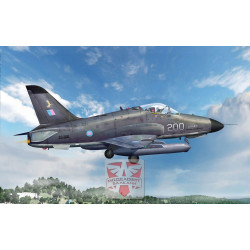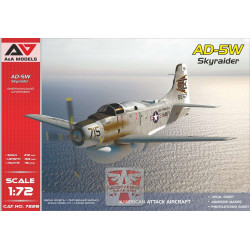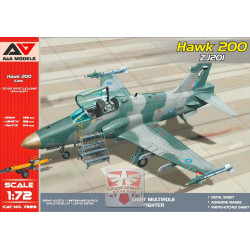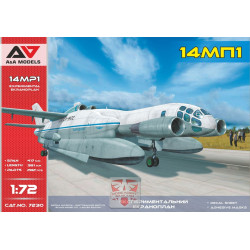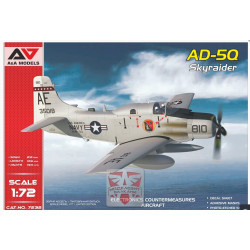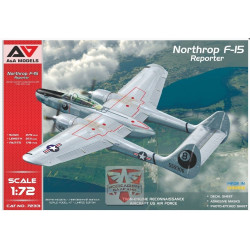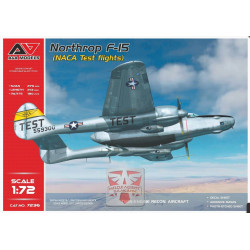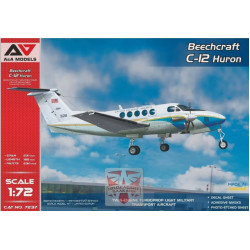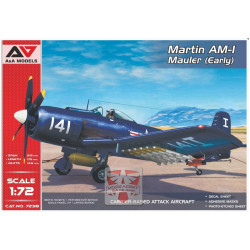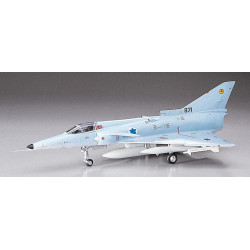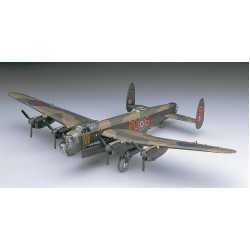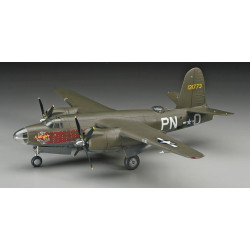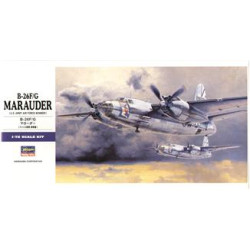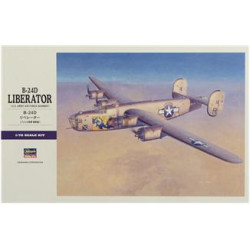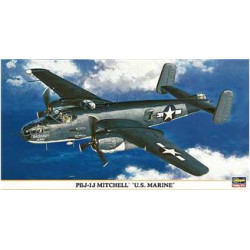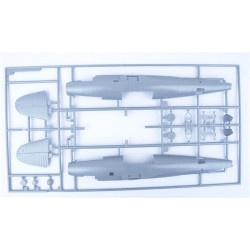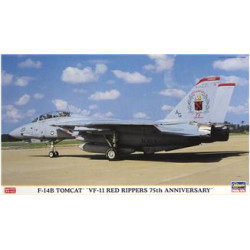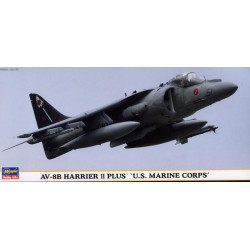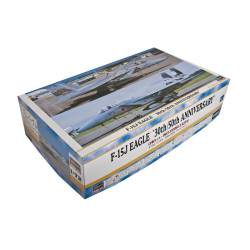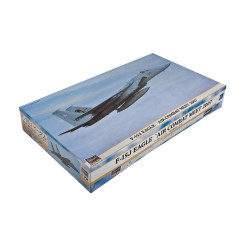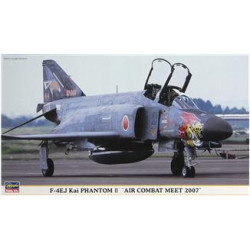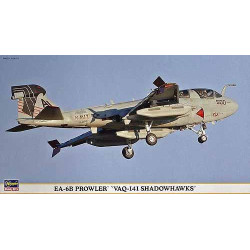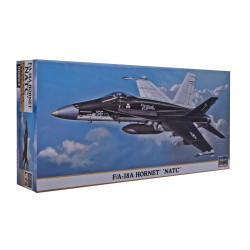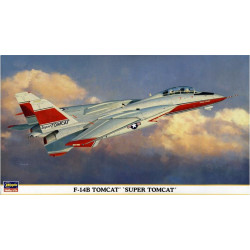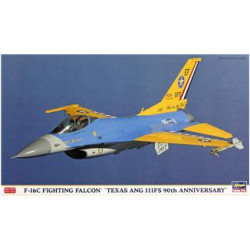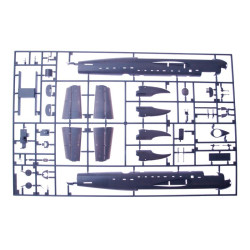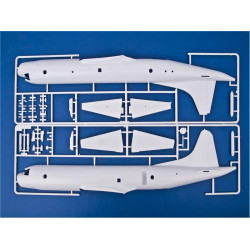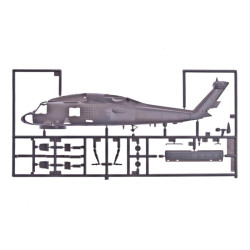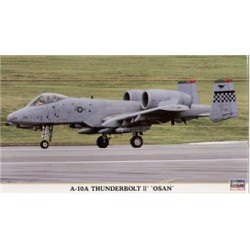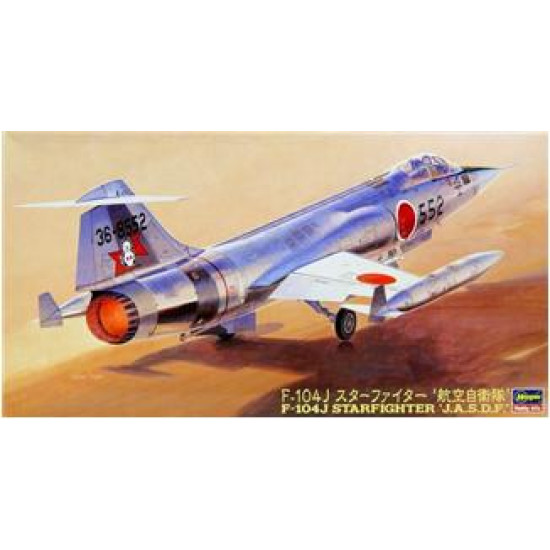
Lockheed F-104 Starfighter
1/48 Aircrafts, Planes
Hasegawa 07218
Manufacturer: Hasegawa
Scale: 1/48
Material: Plastic
Paint: Unpainted, Unassembled, Kit do not contain paints and glue.
Condition: New in Box
The Lockheed F-104 Starfighter is a single-engine, high-performance, supersonic interceptor aircraft originally developed for theUnited States Air Force (USAF) by Lockheed. One of the Century Seriesof aircraft, it was operated by the air forces of more than a dozen nations from 1958 to 2004.
The F-104 served with the USAF from 1958 until 1969, and continued with Air National Guard units until 1975. The National Aeronautics and Space Administration (NASA) flew a small mixed fleet of F-104 types in supersonic flight tests and spaceflight programs until 1994.USAF F-104Cs saw service during the Vietnam War, and F-104A aircraft were deployed by Pakistan briefly during the Indo-Pakistani wars. Republic of China Air Force (Taiwan) F-104s also engaged the People's Liberation Army Air Force (China) over the disputed island of Quemoy. The operational service of the Starfighter ended with its retirement by the Italian Air Force in May 2004.
A total of 2,578 Starfighters were eventually produced, mostly by NATO members.A set of modifications produced the F-104G model, which won a NATO competition for a new fighter-bomber. Several two-seat trainer versions were also produced, the most numerous being the TF-104G. The ultimate production version of the basic fighter model F-104 was the F-104S all-weather interceptor designed by Aeritalia for theItalian Air Force and equipped with radar-guided AIM-7 Sparrowmissiles. An advanced F-104 with a high-mounted wing, known as theCL-1200 Lancer, did not proceed past the mock-up stage.
The poor safety record of the Starfighter brought the aircraft into the public eye, especially in German Air Force service. The subsequentLockheed bribery scandals surrounding the original purchase contracts caused considerable political controversy in Europe and Japan.Clarence "Kelly" Johnson, the chief engineer at Lockheed's Skunk Works, visited Korea in December 1951 and spoke with fighter pilots about what sort of aircraft they wanted. At the time, the U.S. pilots were confronting the MiG-15 with North American F-86 Sabres, and many of the American pilots felt that the MiGs were superior to the larger and more complex American design. The pilots requested a small and simple aircraft with excellent performance.[4] Armed with this new-found information, Johnson immediately started the design of such an aircraft, following his return to the United States. In March, his team was assembled; they studied several aircraft designs, ranging from small designs at 8,000 lb (3,629 kg), to fairly large ones at 50,000 lb (23,680 kg). In order to achieve the desired performance, Lockheed chose a minimalist approach: a design that would achieve high performance by wrapping the lightest, most aerodynamically efficient airframe possible around a single powerful engine. The engine chosen was the new General Electric J79, an engine of dramatically improved performance compared to contemporary designs. The small L-246 design powered by a single J79 remained essentially identical to the L-083 Starfighter as eventually delivered.The F-104 featured a radical wing design. Most jet fighters of the period used a swept-wing or delta-wing planform. This allowed a reasonable balance between aerodynamic performance, lift, and internal space for fuel and equipment. The Lockheed tests, however, determined that the most efficient shape for high-speed, supersonic flight was a very small, straight, mid-mounted, trapezoidal wing. The new wing design was extremely thin, with a thickness-to-chord ratio of only 3.36% and an aspect ratio of 2.45. The wing's leading-edges were so thin (0.016 in/0.41 mm) that they presented a cut hazard to ground crews: protective guards had to be installed on the wing-tips during ground operations maintenance.
The thinness of the wings required fuel tanks and landing gear to be placed in the fuselage. The hydraulic cylinders driving the ailerons had to be only 1 inch (25 mm) thick in order to fit. The wings had both leading-and-trailing-edge flaps. The small, highly-loaded wing resulted in an unacceptably high landing speed. So, a Boundary Layer Control System (BLCS) ofblown flaps was incorporated into the aircraft's design; bleeding engine exhaust over the trailing-edge flaps which providedsome STOL-type lift capabilities. This system helped to make landings safer. However, the system proved to be a maintenance problem in service. Also, landing without the BLCS engaged could be a harrowing experience.Early Starfighters used a downward-firing ejection seat (the Stanley C-1), out of concern over the ability of an upward-firing seat to clear the "T-tail" empennage. This presented obvious problems in low-altitude escapes, and some 21 USAF pilots failed to escape their stricken aircraft in low-level emergencies because of it. The downward-firing seat was soon replaced by the Lockheed C-2 upward-firing seat, which was capable of clearing the tail, although it still had a minimum speed limitation of 104 mph (170 km/h). Many export Starfighters were later retro-fitted with Martin-Baker Mk.7 zero-zero ejection seats, which had the ability to successfully eject the pilot from the aircraft even at zero altitude and zero airspeed.
F-104 Starfighter
A U.S. Air Force Lockheed F-104A-10-LO Starfighter
Role
Interceptor aircraft, fighter-bomber
National origin
United States
Manufacturer
Lockheed
First flight
4 March 1954
Introduction
20 February 1958
Retired
31 October 2004 (Italy)
Primary users
United States Air Force
German Air Force
Japan Air Self-Defense Force
Turkish Air Force
Number built
2,578
| General Product Info | |
| Material | NOT SET |
| Scale | 1/48 |
| Type | NOT SET |
We have the lowest worldwide shipping. And it's totally simple.
EUROPE, USA, CANADA TURKEY, ISRAEL, EGYPT, UE CHINA, JAPAN, HK, S.KOREA | AU NZ MX South America, Asia | |
| Order weight up to 0.22kg or 0.48lb | US$ 8.90 | US$ 8.90 |
| Order weight up to 0.44kg or 0.97lb | US$ 13.95 | US$ 17.90 |
| Order weight over 0.44kg or 0.97lb | US$ 19.99 | US$ 29.99 |
| Order total over $150 | FREE | PROMO US$ 19.99 |
Shipping to some countries not qualifies for the free shipping option but costs not over $29.99 for any sized order. Sorry for that, your location is too far.
- Stock: Out Of Stock
- Model: HA07218
- Weight: 0.50lb
- DATE ADDED: 08/04/2014
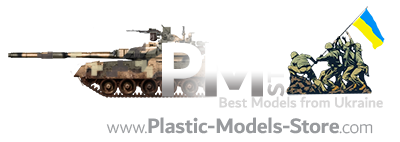
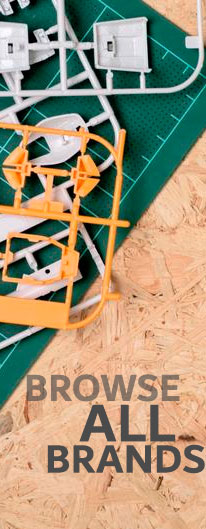
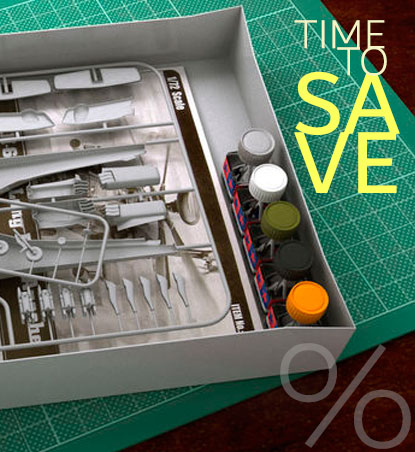


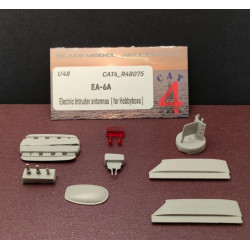
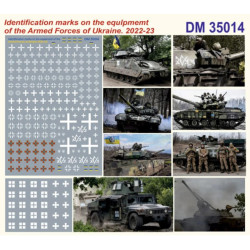
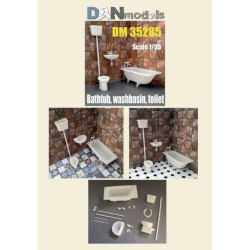
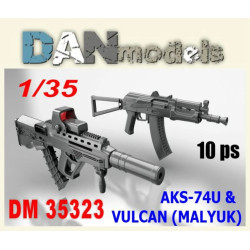



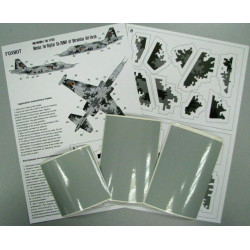
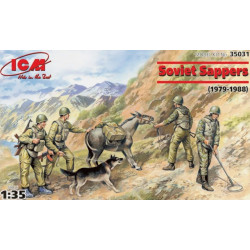

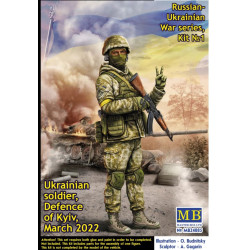




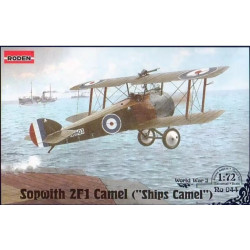



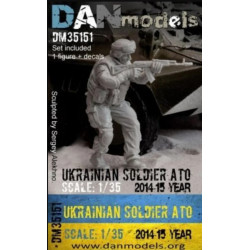

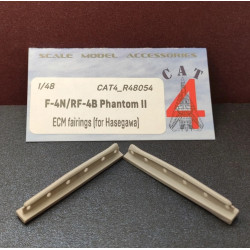
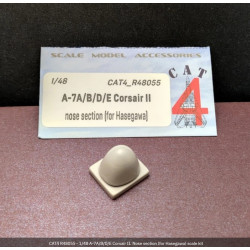
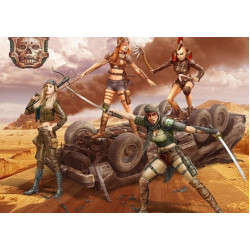

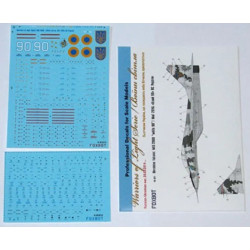




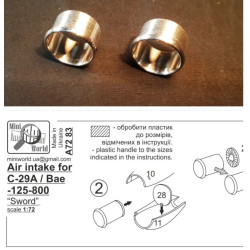

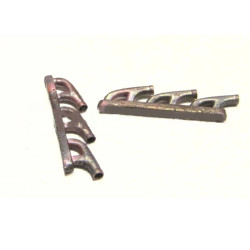
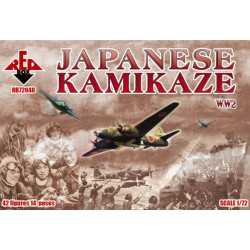




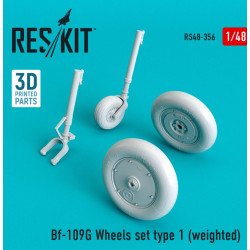
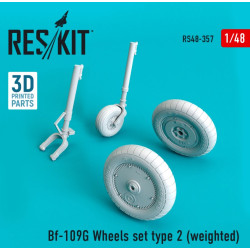

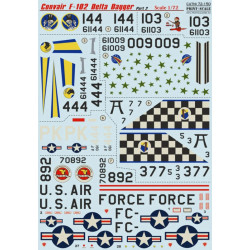

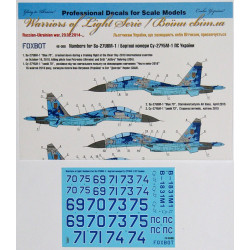
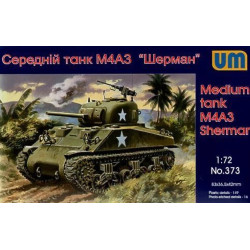








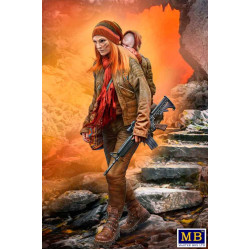
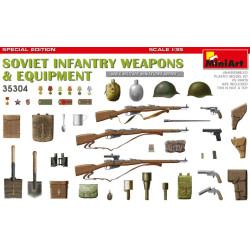



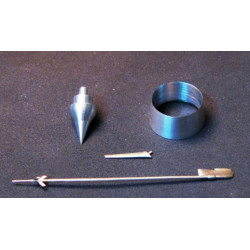

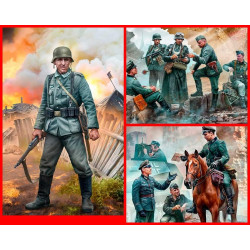
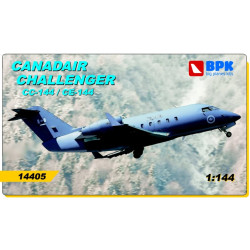
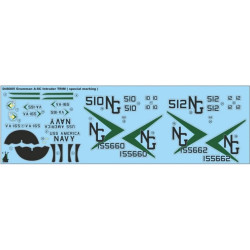

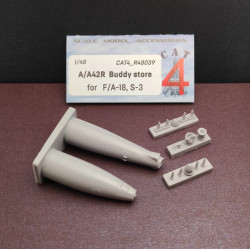
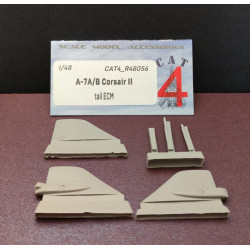
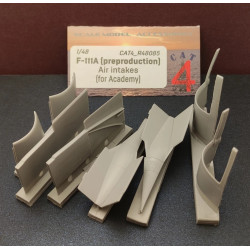
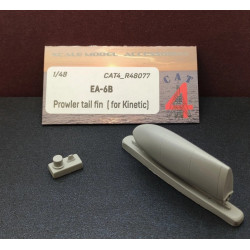
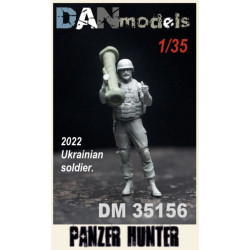

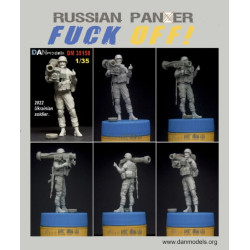
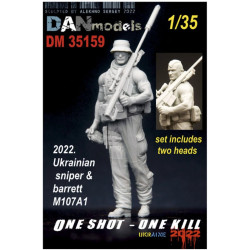
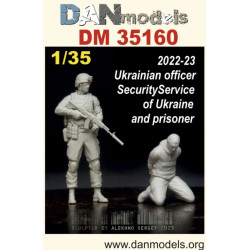
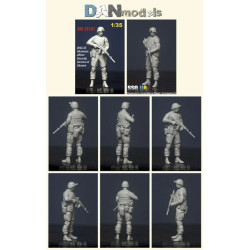
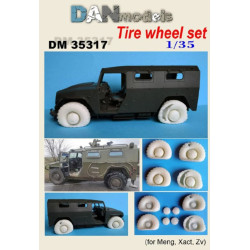
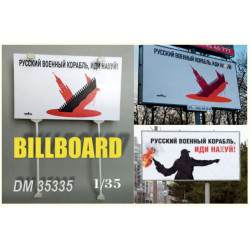
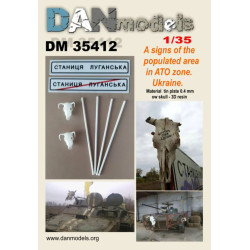


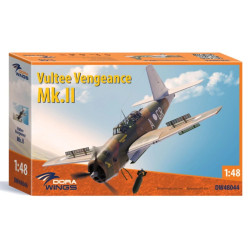

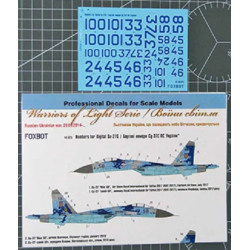

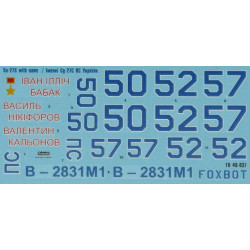
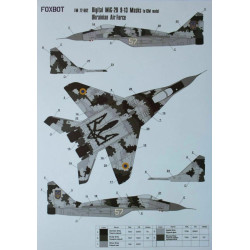




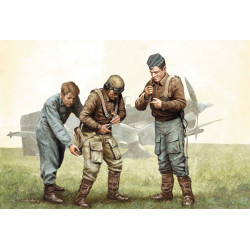

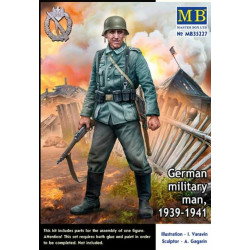
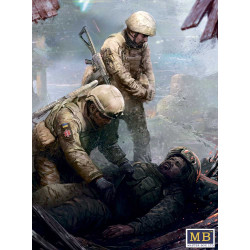















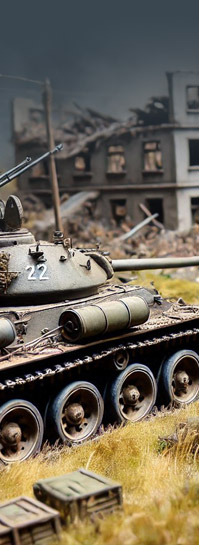

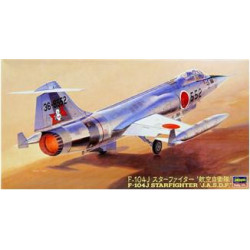
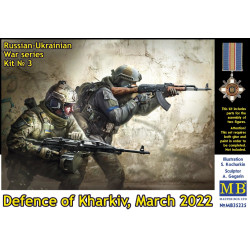
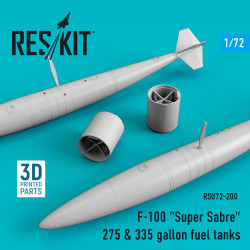

-250x250w.jpg)
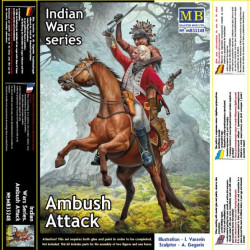

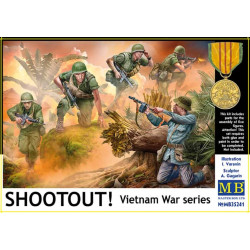
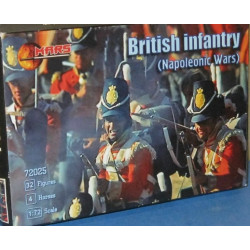


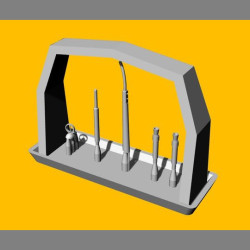
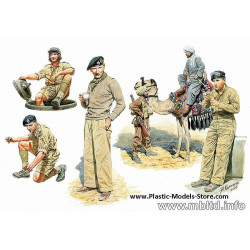
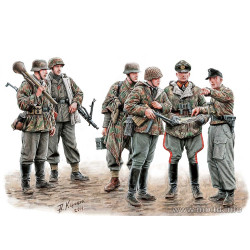
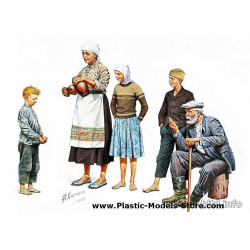
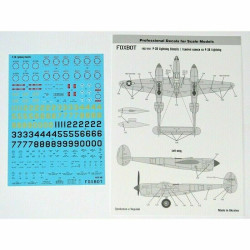
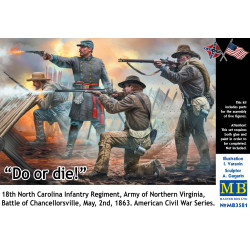

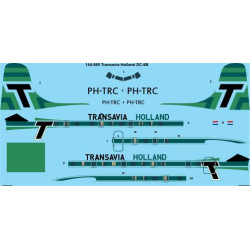










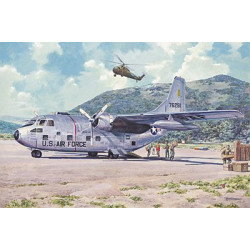
-250x250w.jpg)

